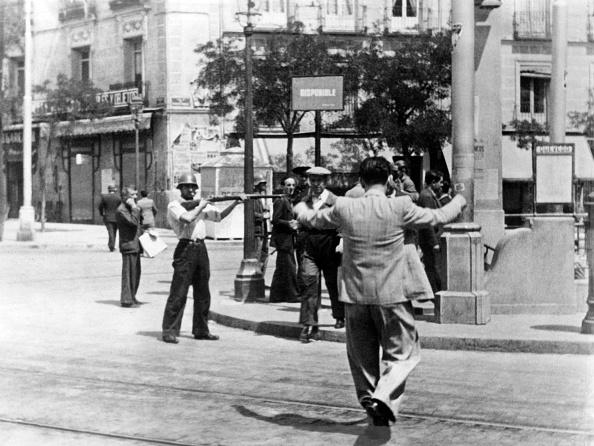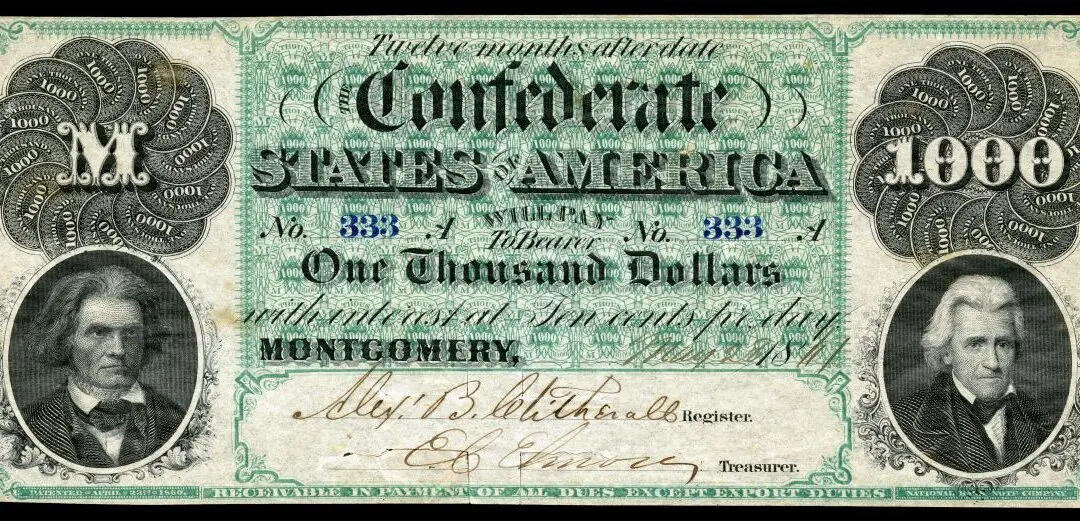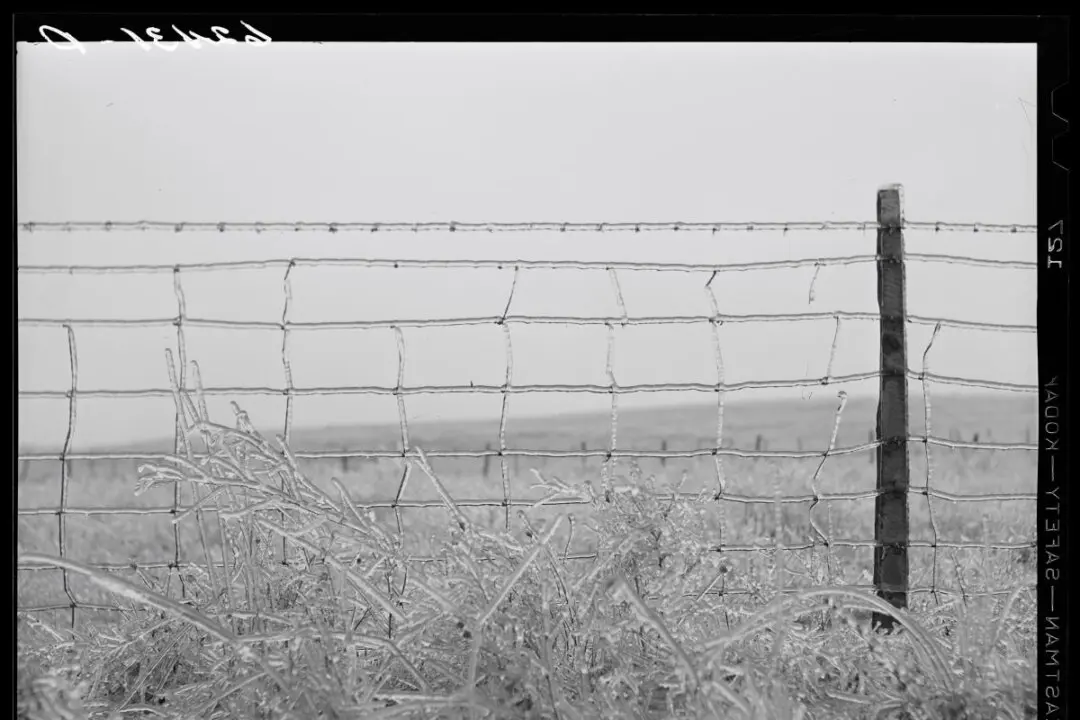“The situation was such that the American flag was no use as a protection. Many of the fighters have never heard of the United States and don’t know what our flag looks like. I am able to be here to tell the story only because our cook had a Communist sweetheart,” said Ruby Beach, after narrowly escaping Barcelona during the early weeks of the Spanish Civil War.
By late July 1936, the bloodshed between the Leftist Republicans and the Rightist Nationalists flowed in profusion. Great Britain, Italy, and France, and every other country with diplomats and citizens still abroad in Spain worked feverishly to bring their people to safety. More than 30 rescue vessels huddled San Sebastian, a harbor city in northeast Spain near the border of France.






